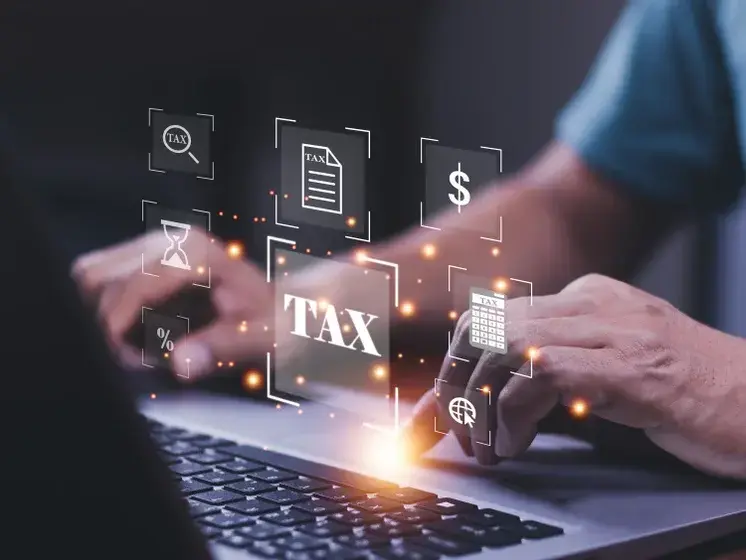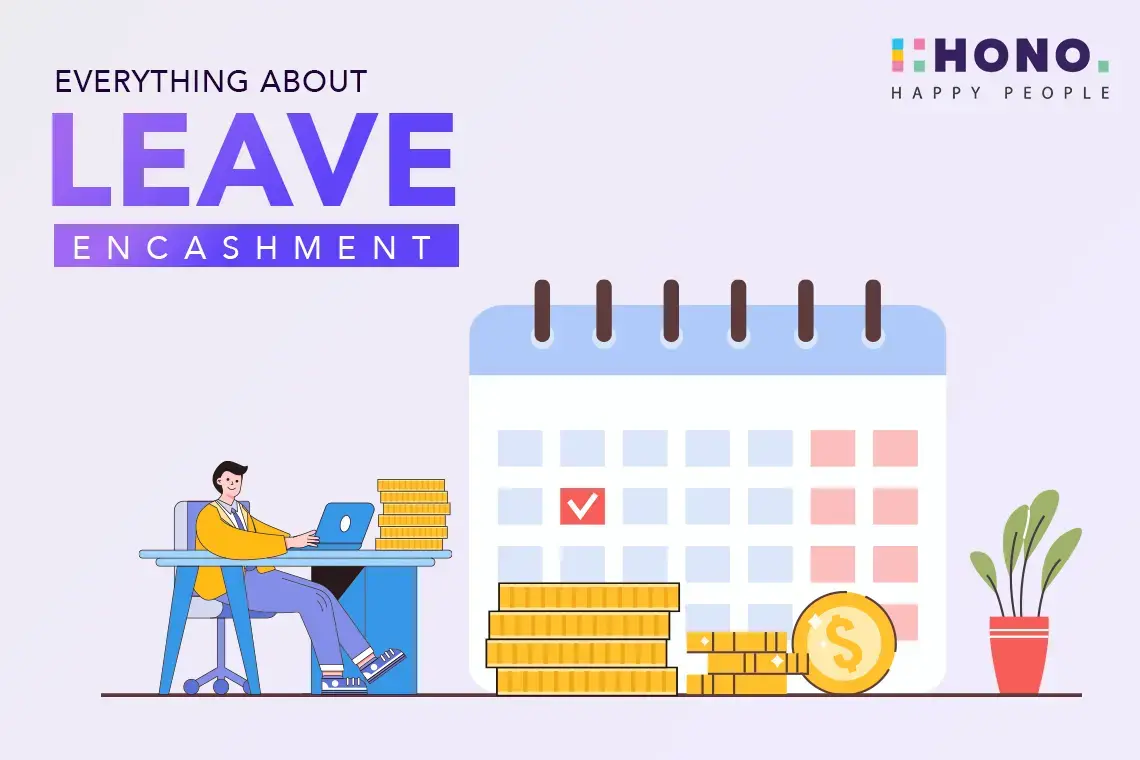Rewards and recognition in the workplace cannot be overstated. These two elements play an important role in motivating employees, enhancing their job satisfaction, and building a positive organizational culture. However, despite their significance, there is often confusion about what exactly constitutes rewards and recognition and how they differ from each other. This blog aims to clarify these differences and delve into what employees truly desire from an employee rewards and recognition program, ultimately helping organizations create a more engaged and productive workforce.
Rewards and Recognition: Learn the Differences
7 mins

Rewards and recognition in the workplace cannot be overstated. These two elements play an important role in motivating employees, enhancing their job satisfaction, and building a positive organizational culture. However, despite their significance, there is often confusion about what exactly constitutes rewards and recognition and how they differ from each other. This blog aims to clarify these differences and delve into what employees truly desire from an employee rewards and recognition program, ultimately helping organizations create a more engaged and productive workforce.

Understanding Rewards
In the context of the workplace, rewards are tangible or intangible benefits given to employees in recognition of their hard work, achievements, or performance. They serve as a form of compensation beyond the regular salary and are often used as a tool to incentivize and motivate employees to reach specific goals or milestones.
Types of Rewards
Rewards can be categorized into several types:
Monetary Rewards: These are financial incentives such as bonuses, salary increments, profit sharing, or commissions. They are directly measurable in monetary terms and are often linked to performance metrics.
Non-Monetary Rewards: These rewards include non-cash benefits such as professional development opportunities, flexible work arrangements, or additional vacation days. They are valued by employees for their ability to enhance work-life balance and personal growth.
Tangible Rewards: Tangible rewards are physical items or gifts given to employees, such as gift cards, trophies, or company merchandise.
Intangible Rewards: These are non-physical forms of recognition, such as praise, feedback, or public acknowledgment, that validate the employee's efforts and contributions.
Also Read: Employee Engagement in HR: A Comprehensive Guide
Examples of Common Rewards
Some common examples of rewards used in employee rewards and recognition programs include:
Bonuses: Financial incentives awarded for exceptional performance or achieving specific targets.
Gift Cards: Popular for their flexibility, allowing employees to choose their own rewards.
Paid Time Off: Additional vacation days or personal days as a reward for hard work or meeting objectives.
Professional Development: Opportunities for training, courses, or conferences to support career growth.
Employee Discounts: Special discounts on company products or services as a reward for loyalty and performance.
By understanding the different types of rewards and their purposes, organizations can design an employee rewards and recognition program that effectively motivates and retains their workforce.
Understanding Recognition
Recognition at work refers to the acknowledgment and appreciation of employees' efforts, achievements, and contributions to the organization. It is a way of validating their hard work and showing them that their work is valued and appreciated.
Also Read: Keeping Remote Employees Engaged: 5 Effective Strategies for Success
Types of Recognition
Recognition can take various forms, including:
- Formal Recognition: Structured programs or events designed to acknowledge employee achievements, such as annual awards ceremonies or performance-based accolades.
- Informal Recognition: Spontaneous and less structured acts of appreciation, such as verbal praise or a handwritten note.
- Public Recognition: Acknowledgment of an employee's contributions in front of their peers, such as shout-outs in meetings or company-wide announcements.
- Private Recognition: Personalized appreciation expressed in a one-on-one setting, such as a private conversation or a personal email.
Examples of Common Recognition Practices
- Employee of the Month: A monthly award given to an employee who has demonstrated exceptional performance or contribution.
- Shout-outs in Meetings: Publicly acknowledging an employee's achievements during team meetings.
- Appreciation Emails: Send personalized emails to employees to thank them for their hard work or accomplishments.
- Thank You Cards: Handwritten notes expressing gratitude for an employee's efforts.
Differences Between Rewards and Recognition
While often used interchangeably, rewards and recognition have distinct differences that are important to understand in the context of employee motivation and satisfaction. Rewards are typically tangible, such as bonuses or gifts, and are transactional in nature, meaning they are given based on specific achievements or outcomes. Recognition, on the other hand, is more intangible, encompassing actions like praise or acknowledgment, and is relational, focusing on the individual's value to the organization rather than just their output.
Both rewards and recognition play crucial roles in motivating employees and enhancing their job satisfaction. Rewards provide a tangible incentive for performance, giving employees something concrete to strive for. Recognition, meanwhile, builds a sense of belonging and appreciation, making employees feel valued for their contributions beyond just their measurable results. Together, these elements create a work environment that not only encourages employees to excel but also ensures they feel acknowledged and valued for their efforts.
What Employees Want
Research and surveys have consistently shown that employees desire recognition that is not only timely and specific but also carries a deep sense of meaning. They also look for rewards that genuinely reflect their hard work and accomplishments. The crux of an effective employee rewards and recognition program lies in its ability to strike the right balance between these two facets, ensuring that employees feel genuinely valued and motivated.
Personalization plays an important role in the success of any employee rewards and recognition program. By taking the time to understand the unique needs and preferences of each employee, organizations can craft a program that resonates on a personal level, thereby enhancing its impact. This tailored approach, coupled with a balanced mix of rewards and recognition, creates a work environment that not only motivates employees to excel but also builds a sense of appreciation and belonging.
Best Practices for Implementing Rewards and Recognition Programs
Leadership and management play a crucial role in the successful implementation of employee rewards and recognition programs. They should actively participate in recognizing employees, setting the tone for a culture of appreciation.
Tips for Designing Effective Programs
Align rewards and recognition with organizational values and goals.
Ensure fairness and transparency in the selection and distribution process.
Regularly review and update the program to keep it relevant and engaging.
Examples of Innovative Rewards and Recognition Initiatives
Peer-to-peer recognition programs that empower employees to acknowledge each other's contributions.
Gamification of rewards, where employees earn points or badges for achievements.
Personalized rewards are based on employee interests or preferences, such as customized experiences or gifts.
By adopting these best practices and embracing innovation, organizations can create effective employee rewards and recognition programs that drive motivation, satisfaction, and overall success.
The distinction between rewards and recognition is important for building a positive and productive workplace culture. Rewards, often tangible and transactional, provide a direct incentive for specific achievements or outcomes. Recognition, however, is more intangible and relational, focusing on acknowledging the intrinsic value of an individual's contributions to the organization.
Understanding what employees truly desire is paramount in designing an effective employee rewards and recognition program. Employees seek a balanced approach that includes timely, specific, and meaningful recognition and rewards that accurately reflect their contributions and achievements. Personalization is key, as it ensures that the program resonates with individual employees, making them feel valued and appreciated.
Ultimately, the success of any rewards and recognition program lies in its ability to motivate employees and build a sense of belonging. By carefully balancing these elements and tailoring them to meet the unique needs of the workforce, organizations can create a vibrant culture that not only attracts top talent but also inspires them to achieve their best.
.png?width=70&height=70&name=Team%20HONO%20logo-01%20(1).png)
Team HONO








.jpg)
